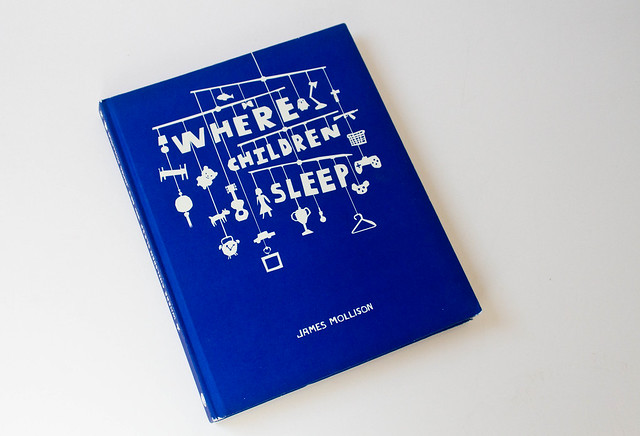
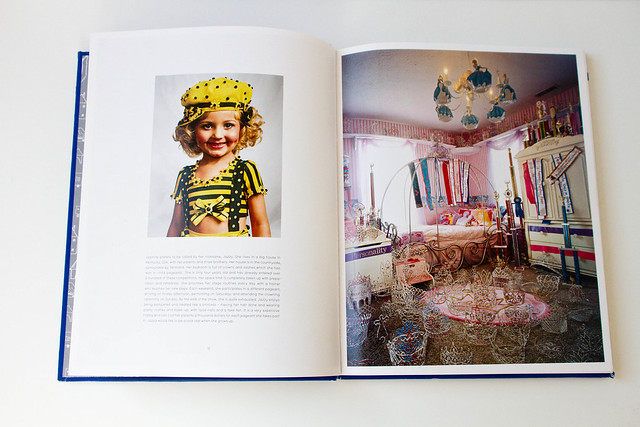
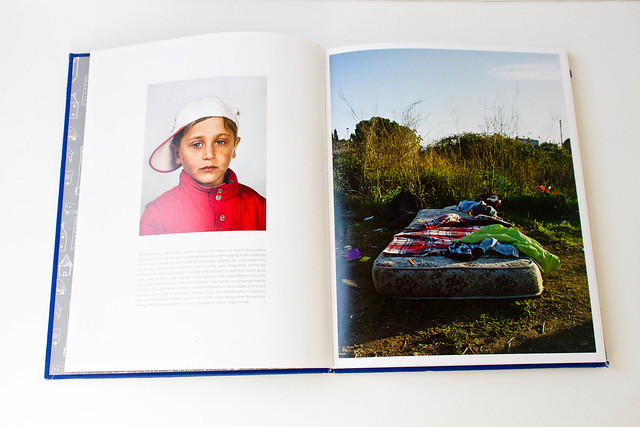
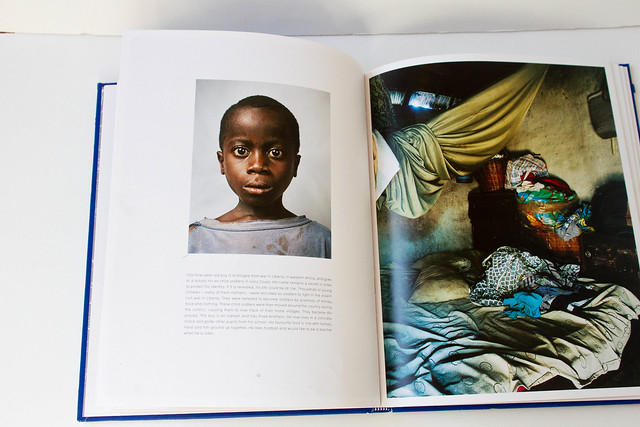
Lately the kids have been asking a lot of questions about poor people, such as: where do you live when you can't afford a house or apartment? how do you get food? what do you do when you can't find a job? Depressing topics. So we've talked about homeless shelters, welfare, and food stamps. And how, in a worst case scenario situation, we'd move in with their grandparents (the kids are already fighting over bedrooms), which seemed to pause their inquiries for awhile.
But then they started asking about kids and families in other countries and the answers became bleaker. I tried not to scare them too much, but we did talk how not all children have enough food to eat. "But how do they live? What do their houses look like? What do they do all day?" (all from F, of course). So many questions, several of which I didn't know how to answer.
Then I remembered a photography book I purchased a few years ago - Where Children Sleep
Anyways, I debated whether or not my kids were ready for such heavy information, but F is the type of child who always wants answers - even if those answers are sad or scary - and we've talked about difficult subjects before, so I decided to take the book off of the shelf.
After a few pages, P said "this is too sad, I don't want to look at it anymore", so I respected her wishes and asked F if we could look at it later. F, on the other hand, has become a little obsessed with this book (she even wanted to take it to school), probably because it answers many of her inquiries through a format that makes sense to her (everyone has to sleep somewhere).
What I find interesting is how little judgment she casts while reading the children's stories, despite the bleakness of many of the child's lives, she also finds so much positiveness in each child's accomplishments - such as the Long Island girl with a black belt ("can you believe it? a black belt? and she's only 9, look at all of her trophies! look at them!"). And F doesn't seem to feel any guilt (like an adult would) over the fact that some have so little while others have SO much, perhaps because as a child, such things are still entirely out of her control.
Of course, reading the book has caused F to ask new questions that have caught me completely unaware - one story contains a Brazilian 14 year old who is undergoing her third pregnancy. So F asked "how is this possible, I didn't think kids could have babies?" To which I replied, "well, they can, once they become teenagers, but they shouldn't, kids are too young to care for babies." "But mom, how does the baby GET IN her stomach?" Ugh, poverty and reproduction, such tricky topics.
T on other hand, even though he can't read, has latched on to the idea that the 17 year old gang leader looks like a "real killer". "Is he a killer mom? Is he?" Truthfully, the answer appears to be yes. But I feel no need to reveal this to a three year old, so instead I replied "it is just a costume. A weird, silly costume that he will regret wearing."
It's such a fine line, how much to tell a child. But I try my best. And I emphasize that this book IS NOT for all children, their capacity to handle it will depend on their capacity to handle other such difficult subjects (or, for that matter, on your own capacity to handle such subjects).
Anyways, if you're interested, the book is available through Amazon (linked above) and James Mollisons' website contains some of the book's photos, click here to check it out.
According to the photographer, "[t]he book is written and presented for an audience of 9-13 year olds intended to interest and engage children in the details of the lives of other children around the world, and the social issues affecting them, while also being a serious photographic essay for an adult audience."
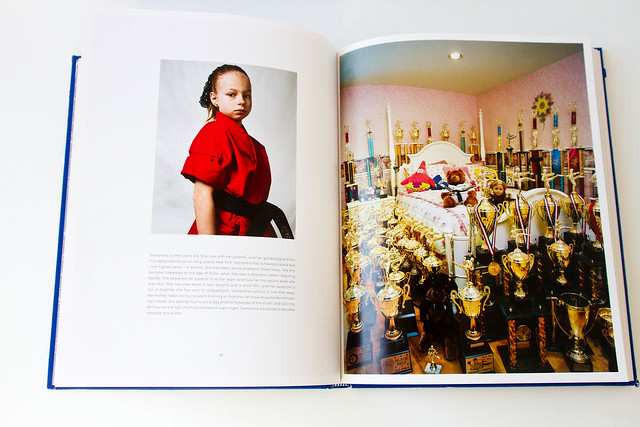

Wow, what powerful images. And what a tough but IMPORTANT topic to tackle with kids. I am so glad someone thought to write this book and that you thought to post about it. I am definitely marking the title so that I can get it for Anouk in a few years.
ReplyDeleteF. might also like Material World by Peter Menzel -- photographers takes pictures of families around the world surrounded by all of their possessions. It's not a kid's book per se -- and it can be really striking, but it's beautiful, too.
Thanks so much for the recommendation! I will definitely check out material world!
ReplyDelete